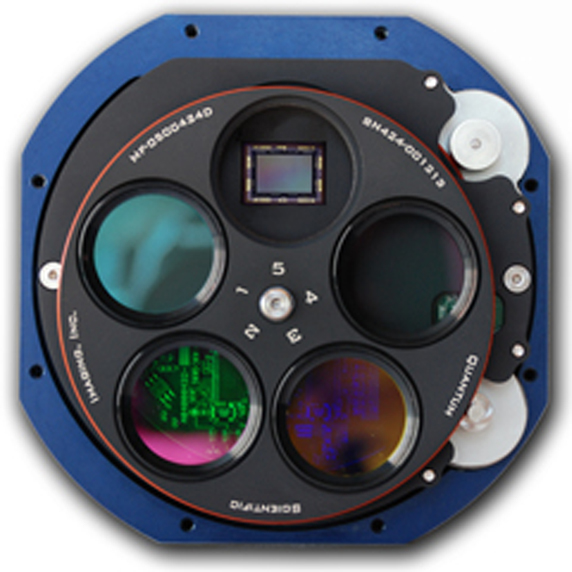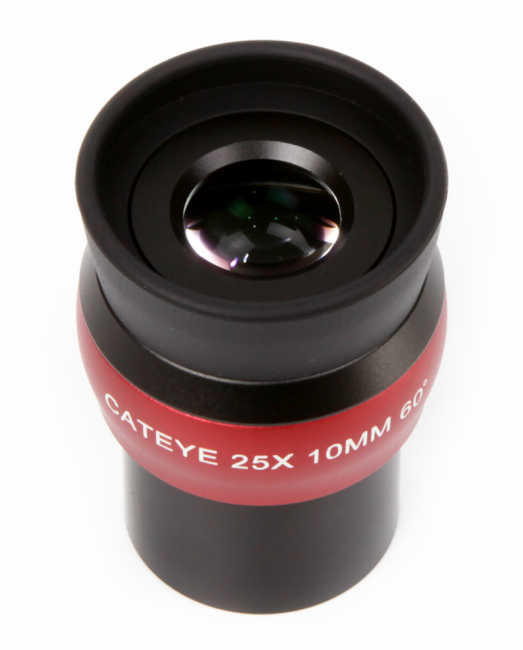QSI Cameras

Distributors Galleries
Phone: (585) 624-3760
Fax: (585) 624-9879
Quantum Scientific Imaging, Bawburgh, Norfolk. QSI manufactures cooled CCD cameras for applications that require the highest possible image quality, such as life science, astronomical. Native Drivers; ASI Cameras: This driver MUST be installed for Windows users to use ASI cameras.: v3.16. Change Log: Released. EFW: These products are USB HID devices so do not need native drive.
FLI News
Quick Links
| Current Sensors | Kepler KL6060 | Kepler Overview |
| -------------- | -------------- | -------------- |
| Color Filter Wheels | Astronomy Overview | Deep Cooled Cameras |
| -------------- | -------------- | -------------- |
| FLI Corporate Overview | Discontinued Sensors |
| Astronomy Rhemann Article | PL16803 Review | Namibia Skies (24x18) | Astronomy Technology Today Namibia Article | Atlas Focuser Review | Astronomy 127fli Haynes Article |
| 2017 Calendar (18x24) | 2016 Astro Poster (24x18) |
Quantum Scienfic Instruments (QSI) is an imaging company which produces cameras primarily for scienfic imaging. They are based in the United States of America in Southern Mississippi.

Their main customers are those in the scienfic community with typical uses of imaging for life science, research and industrial imaging. QSI entered the astronomical imaging field around 2007‐8 with a moderate range of cameras which included the QSI583 version 1. Both the QSI583 and QSI683 both employ the KAF8300 sensor (made by Truesense Imaging) with is roughly an APS size sensor. The sensor has a moderate noise level with pixels at 5.4um and 8.3 megapixels in total.
I have owned a Quantum Scienfic Instruments (QSI) camera since 2009. I inially purchased a QSI583 and have subsequently acquired a QSI683. Both models were the WSG versions which incorporated a filter wheel and integrated guide port. My two main reasons for buying the 683 were the greater cooling power of the new model and the larger filter wheel. The 683 WSG‐8 cameras can cool to ‐45C from ambient and it can hold 8 filters, which allows a full complement of broad band and narrow band filters. Other bonuses are faster downloads of frames from the camera with USB2 compliance and 16 bit output.
The build quality of these cameras is immediately evident upon opening the pelican case in which it is housed and transported. The camera comes with a blue and black anodised aluminium body and is roughly the size of a CD without the filter wheel installed. With the filter wheel installed the camera is about twice the width of a CD, which makes it a small camera with compact features. When you pick it up it has a solid construcon feel to the camera. Nothing appears flimsy at all and you instantly feel as though you have bought a quality product.
There are a number of strengths these cameras have over other cameras on the market. The elegance of the guide camera port is not to be underesmated. The port allows guiding in front of the filters. Previous cameras on the market either did not have an integrated guide port or they had a guide camera behind the filters. The reason for having an integrated guide port or guide camera is to eliminate differenal flexure occurring when doing long exposures. Having the guide port in front of the filters means that guide star selecon will not be affected by filters transparency. The filter wheel mechanism is very innovave and so well integrated into the camera that only 1.25” filters are required to image in front of the KAF8300 sensor. The filter wheel rotaon is very accurate and I have never seen any problems with correct alignment.
The camera is very light. Many astronomical cameras in the past have been quite heavy. This can be disadvantageous for a number of reasons ranging from weight restricons of your mount or even having the ability to balance your telescope on the mount.
However these cameras do have a few short comings. The main problem I have with this camera is the cooling delta. Being only able to only cool to ‐45C from ambient can mean you are limited to actually cooling to ‐20C on the sensor most nights. It would be preferable to image at ‐30C on the sensor but this is only possible in the winter months in South Australia. Deeper cooling would mean reduced noise in the sub exposures and reduced integraon me for many objects.
When you buy this camera you have to be prepared to buy a guide camera. They don’t come with a guide camera in the package. This can mean you are going to spend at least another $500 more to use the camera.
Qsi Cameras
Overall, though, this camera is a real winner in my opinion. It cks a lot of boxes and it has proven to be very reliable, in fact I think is very “bullet proof”. I have asked a lot of it and it has delivered every me. It works perfectly in automated environments and for many hours at a me. It has helped me produce a lot of images over the last 4 years and I have done over ten thousand sub frames with this camera and I expect it to do many more in the years to come. It has never broken down and integrates well with many soware programmes. It you’re looking for a recommendaon for a camera, this one has my stamp of approval.
Qsi Astro Cameras
See many of Paul’s pictures with this camera at www.paulhaese.net
